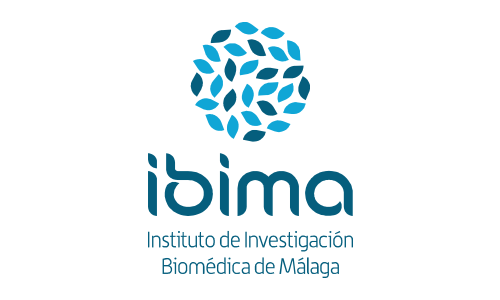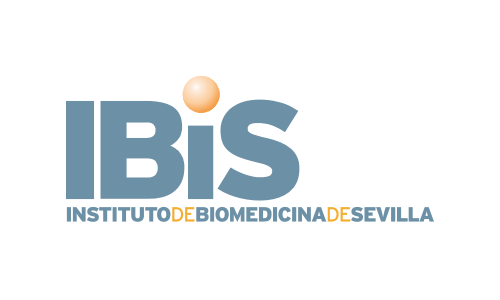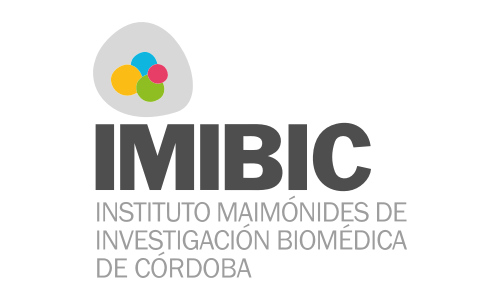
I. Identification of molecular profiles
To help us diagnose early primary disease and the presence of minimal residual disease in BC, CRC, LC and PC.
Analysis of genetic mutations in circulating tumour DNA (ctDNA):
- Prospective patient selection, sample collection and clinical data collection
- Sample processing: ctDNA extraction
- Analysis of mutational profiles by mass sequencing
- Correlation of mutational profiles with conventional imaging tests
- Definition of a predictive model in early stages based on molecular study.
Analysis of lncRNA expression profile:
- Prospective patient selection, sample collection and clinical data collection
- Sample processing: extraction of circulating RNA
- lncRNA expression analysis
- Identification of a lncRNA expression profile for diagnosis, prognosis and prediction of response to treatment
Molecular analysis of exosomal content:
- Prospective patient selection, sample collection and clinical data collection
- Sample processing: isolation and purification of exosomes from blood plasma
- Analysis of miRNAs and exosomal protein profiles
- Identification of a profile of miRNAs and/or exosomal proteins for diagnosis, prognosis and prediction of treatment response
Analysis of methylation status:
- Prospective patient selection, sample collection and clinical data collection
- Sample processing: ctDNA extraction
- Analysis of global methylation profile in circulating DNA
- Identification of differentially methylated regions in circulating DNA (cfDNA) of patients, associated with disease, prognosis and/or response to treatment.
II. Diagnosis of metastatic disease
Detection of tissue-specific methylation/hydroxymethylation patterns in liquid biopsy samples (cDNA) from patients who have had a breast, lung, colorectal and pancreatic tumour, allowing early identification of the metastatic niche.
- Prospective patient selection, sample collection and collection of clinical and epidemiological data.
- Sample processing: extraction of free circulating and lymphocyte DNA.
- Identification of liver-specific methylation and hydroxymethylation patterns: “Human liver epigenetic molecular fingerprinting”.
- Design, manufacture and preparation of massive sequencing library by using bisulphite conversion for candidate gene analysis.
- Correlations between epigenetic patterns and hepatic localisation of metastasis: predictive model I
- Identification of lower detection limits and calculation of predictive power: prediction model II











